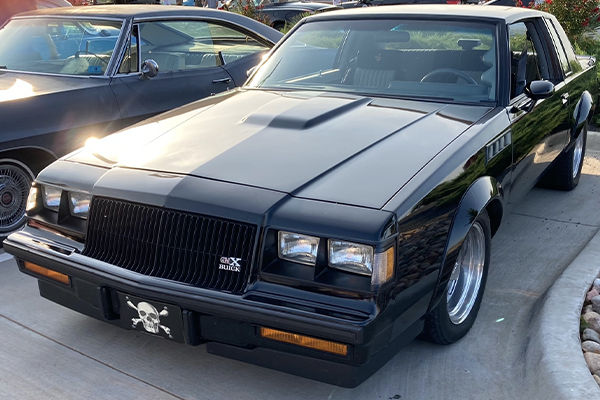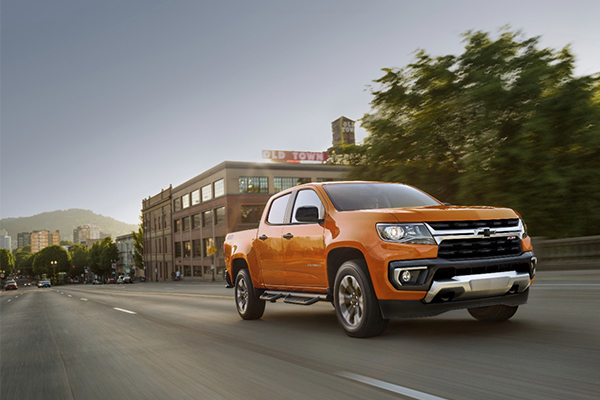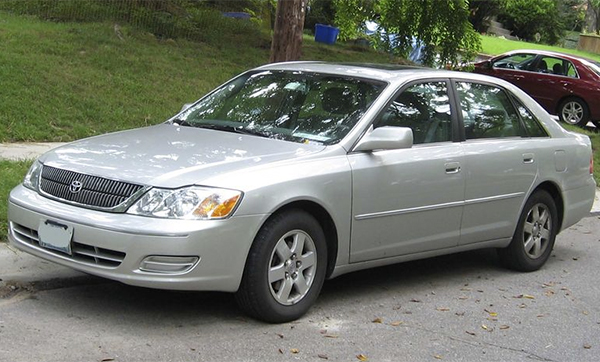Buying a used car is notoriously tricky. You can end up with a low-mileage vehicle that's only a few years old and will end up giving you nothing but headaches, or you can buy a rough-looking beater at a bargain price and get years of use and tens of thousands of great miles out of it.

Source | order_242
Two things have really been game-changers when it comes to buying a used car, though: mechanic inspections and CARFAX reports.
With an inspection service, a mobile technician can meet you onsite and give the vehicle a good, thorough going-over, using a checklist and the tools and know-how to catch problems and defects that you might not notice. Many dealers will also allow you to take your car to a garage for inspection. The downside of an inspection service, however, is that you can expect to add $120 to $200 to the cost of your vehicle, just for having that mechanic show up.
CARFAX reports use the vehicle's VIN number to search a database for things like flood damage, recalls, warranty work, lemon history, collisions, and airbag deployment, previous owners and transfers of title, state emissions inspections, and more. A CARFAX report is a must for knowing the deep history of any vehicle, especially when you're about to lay down a serious amount of money for one.
Before that outlay of money for either CARFAX or an inspection, though, there are things you can do to either decide to go ahead or rule out the purchase:
- Get a look underneath the vehicle and check for rust. If you've got a little body rust along the rocker panels or above the wheel wells, there's a good chance you're going to also see some frame or floor pan rust. Rust is especially a problem in colder climates that see a lot of snow and road chemicals that will eat away at steel, and anything more than some superficial rust on frame members is a bad sign. If you suspect there's been rust repair done on the body, see if a magnet will stick to the sheet metal. If not, filler work has been done.
- The tires on a vehicle can tell you quite a bit. Run your hand lightly over the tread surface and feel for any irregularities, such as a jagged "sawtooth" pattern or a "cupped" pattern that could point to suspension or steering-angle problems. Excessive wear at the inside or outside edge of the tire can indicate poor wheel alignment, with the tread "scrubbed off" as the wheel that's at an incorrect angle is dragged down the road by the rest.
- Jack up the front end if possible and grab a front tire by its sides. There should be no play when you try to shake the tire back and forth, or when you try the same while grasping the tire at the top and bottom. If the vehicle is front-wheel-drive, put it in neutral and give the wheels a spin, listening for any clicking noises that could indicate a worn wheel bearing. While you've got it off the ground, check the condition of the brake pads and rotors.
- Look under the vehicle for puddles of oil, transmission fluid, or coolant. Remember that a puddle of clear water will be normal if the vehicle's AC has been running—that's just condensate from the system.
- Check the fluids all around. Transmission fluid should be magenta colored and translucent with no burnt-toast smell or darker color. Motor oil should be honey-colored and translucent. Oil that's the color of burnt coffee and has an acrid, acidic smell can indicate a vehicle that's been poorly maintained. Oil that looks milky on the dipstick is a deal-breaker; it indicates that coolant has made its way into the crankcase from a blown head gasket or intake manifold gasket and the engine likely has major problems. Brake fluid and power steering fluid should also be translucent, and coolant should be bright green (or pink or orange, if a newer formulation).
- If the Check Engine light is illuminated, use a code reader and connect it to the car's diagnostic port (usually under the dash on the driver's side, sometimes below the steering column). The code reader will tell you exactly what trouble codes are stored in the engine computer, although it's best to consult with a mechanic to interpret those rather than just taking them at face value. Trouble codes from a sensor are usually an indicator of some other problem that triggered the code, rather than just the sensor itself failing.
- Start the engine and listen closely. A slight ticking from worn lifters isn't too much of a cause for concern on an older vehicle; many engines with a noisy lifter can run another 50 to 100,000 miles. A heavy knocking or loud tapping noise, on the other hand, means trouble. Rev the engine in park and see if any other noises reveal themselves, or if anything gets louder. Listen closely for bearing noises from the water pump or alternator. Turn on the AC and listen for any noises from the compressor, including a regular metallic clicking that could indicate the A/C clutch cycling the compressor on and off due to low refrigerant.
Of course, you'll check the horn, wipers, washers, lights, and radio as part of this process, as well as take a good look at the interior (a worn or dirty interior can point to a vehicle that's been poorly maintained overall). Now, it's time to take it for a drive.
- Take it up to highway speed. Does it accelerate smoothly with plenty of power and no hiccups or misses? Do you notice any vibration at highway speed or at certain speed ranges? If so, where does the vibration seem to be coming from? An out-of-balance wheel is easy to fix; a driveline problem isn't.
- Is there any slop or play in the steering wheel? Does the wheel pull to one side or vibrate at any speeds?
- When you put the vehicle in gear, let off the gas or step on the gas, listen closely for a clunk or the sensation of slop being taken up in the driveline. On a RWD vehicle, a clunk could mean worn U-joints; on a FWD, it could mean worn CV axles or motor mounts.
- If the vehicle is FWD, find an empty parking lot and drive in a tight circle with the windows down, listening for a ratcheting or clicking noise that could mean a worn CV joint. Be sure to do this in both directions.
- Brake hard from a speed of about 40 mph. Be alert for a pull to one side, vibration or pulsation that can be felt through the brake pedal or any unusual noises while braking.
The good news is that high miles aren't necessarily a deal breaker on a vehicle anymore. Improvements in design, build quality, assembly, machining, and metallurgy mean that many vehicles can show 200,000 or more miles on the odometer and still have plenty of service life left in them. That's compared to the 1970s or '80s, when most vehicles were ready for the salvage yard by 120k miles. With the right kind of diligence, you can figure out whether a vehicle has had sane driving habits and proper maintenance in its lifetime, and you can come out with a winner even if it's more than 10 years old with high miles.








